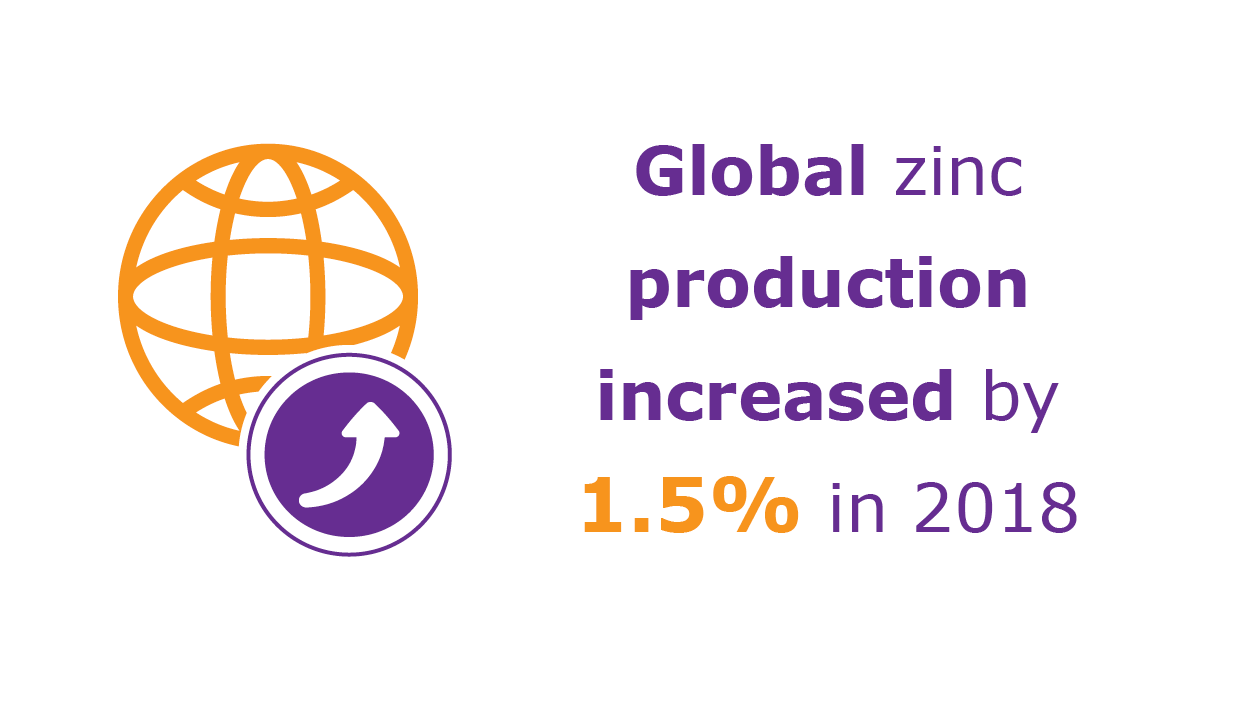Apart from being the longest and most severe in South African history, the five-month long platinum strike has also led to a settlement that could be far-reaching. It was one of few major strikes to be driven by a labour movement other than the Congress of South African Trade Unions (Cosatu), which until then had come to dominate local workers.
Views on the settlement have been polarised with some commentators calling it a debacle from which the mines and their employees will never recover, while most people sympathetic to the unions have greeted it as a massive victory for workers.
The basic design of the deal involves first curbing the increases in cash and non-cash benefits to fund higher basic wages. Secondly, the deal overwhelmingly favours the lowest-paid mineworkers at the relative cost of those at the top of the underground hierarchy.
These features alone are historic. It signals the end of the controversial ‘living out’ allowance, which will now be frozen at ZAR2 000 and diminish in real terms. This makes new company and state interventions into the living conditions around the platinum belt even more crucial in the immediate future.
The accelerated narrowing of the wage gap between mineworkers in the Paterson job grades A, B and C also marks a new chapter in the mines’ history. The importance of this wage gap is best illustrated by the evident fact that it was the origin of the emblematic ZAR12 500 wage demand to begin with. Before the strike, this amount was the basic wage level that separated the B-band from the higher C-band employees, comprising qualified workers.
At Lonmin, the deal leaves the median C4 employee earning 336% of the total pay of an entry-level A4 worker as of July 2015. Before the strike, that multiple was 370%.
One of the minority unions active in the C-bands is Solidarity, whose general secretary Gideon du Plessis says the settlement places this layer of skilled worker ‘on the back foot’.
While they are unhappy with the outcome, there is little room for opposition now as the focus has to be on getting back to work and safeguarding jobs, says Du Plessis.
The National Union of Mineworkers (NUM), which was displaced as the major union in the platinum sector in 2012 by the Association of Mineworkers and Construction Union (Amcu), has actually been the most scathing – to a large extent echoing business groups.
NUM’s acting president Piet Matosa called the settlement ‘a shameful retreat’ because most workers ultimately settled for less than the ZAR12 500 they had rallied around, despite NUM also earlier condemning the high demand as unattainable.
‘We believe that the majority of workers were celebrating a return to work more than the settlement. In reality the pain and losses they endured outweigh the benefits,’ Matosa told a gathering of the union’s central executive committee in Boksburg a week after the strike.
When Cosatu, the umbrella federation of which NUM had once been the major private-sector member, begrudgingly applauded the deal, NUM even went as far as issuing a statement personally attacking Cosatu’s veteran spokesman Patrick Craven.
‘Overall we see an industry that whilst not happy to accept such increases, is now in a position to more actively consider restructuring’
NUM’s animosity is to be expected. Besides being booted out of the country’s most crucial mining sector, the union is seemingly still losing ground in the gold mines where it has clung to its majority status.
Amcu’s membership in the gold industry has evidently been growing, even before its deal with the platinum companies.
At present the union represents about 21% of workers in the gold industry compared to 17% last year when other unions signed a wage deal that Amcu abstained from.
Near the end of the platinum strike, the labour court heard and dismissed Amcu’s long-awaited challenge to the gold sector’s bargaining forum. Basically it wanted the court to confirm its right to call out strikes at the individual gold mines where it is a majority union. Originally Amcu had wanted to stop work at these mines simultaneously with the platinum mines in January.
In the judgement, the Amcu presence in gold companies is given as 16% at Harmony Gold and 29% at both AngloGold Ashanti and Sibanye. That comes to 25% of the big three companies’ workforces.
The wage deals that Impala Platinum, Anglo American Platinum (Amplats) and Lonmin signed with Amcu skirt the issue of possible future retrenchments, but the ultimate success of the strike largely depends on how the industry now responds to the new wage levels.
A thoroughgoing restructuring of the platinum industry was on the horizon, strike or no strike. The loss of something close to half a year’s production and a step change in wage levels can only speed that along.
More importantly, plans to sell or close deep-level platinum operations in Rustenburg might now meet less political opposition. In 2013, Amplats was embroiled in a political fight over attempts to rationalise its Rustenburg mines. The former Minister of Mineral Resources Susan Shabangu had browbeaten the company into halting the plans. Now the situation has changed dramatically. Within weeks of the strike settlement, Amplats CEO Chris Griffith announced the company was selling its Union and Rustenburg mines and getting out of joint ventures. The two mines employ around 27 000 workers.
According to Peter Montalto, economist at Nomura Holdings, the mines will now feel emboldened to take the steps they believe are needed to restore profitability, as the settlement is about productivity levels.
‘Overall we see an industry that, whilst not happy to accept such increases, is now in a position to more actively consider restructuring,’ says Montalto. What may actually transpire ‘varies from company to company but is a mixture, in our view, of shifting operations to other sites (Zimbabwe or the Eastern limb), selling off the most unprofitable shafts and making some productivity investments to decrease the labour-intensive nature of operations’, he says.
Although there has been a lot of talk about ‘mechanisation’, the one company that has actually walked down that route, Lonmin, has dismissed it out of hand.
‘We went there and we bought the ugly T-shirt,’ CEO Ben Magara told a press briefing during the strike. Using labour-replacing machines as a threat in the talks was stupid, he argued. Amcu knows as well as the companies that it’s an empty threat given the Rustenburg platinum belt’s narrow orebodies.
The deal covering Lonmin signed by Magara and Amcu president Joseph Mathunjwa, however, contains very particular stipulations around productivity using traditional South African mining methods.
An annex to the agreement calls for ambitious annual productivity improvements, measured in square metres per employee each month. The agreement opens the door for restructuring if these targets are compromised and aims to realise a 10% improvement each year up to 2017. The productivity figures would entail a return to production levels the platinum mines haven’t managed in a decade or more. Amcu has also signed in agreement with serious cost-containment targets.
The effects of the strike will, however, be felt beyond the mines throughout the South African labour system.
The most obvious victim of the strike to date has been the almost ritualised wage rounds that have characterised South African labour relations in most organised sectors since democracy in 1994.
The campaigns have firmly revived the argument among employers that strikes often enjoy little real support
After exhausting the usual arsenal of dispute resolution mechanisms, the strike saw government intervention as well as unusual activism by the labour court where Judge Hilary Rabkin-Naicker turned an urgent interdict application into another round of talks.
This new spirit of intervention was still visible a week after the mining strike ended as Labour Minister Mildred Oliphant jumped into the dispute between metalworker union Numsa and employers in the metals and engineering industries – a day before a planned strike in the sector even started.
The three affected platinum companies also reacted with a number of innovations that could have lasting effects on the labour market. Not least among these is the large collective public relations effort carried out by Russell & Associates as well as their attempts to test the limits of labour law.
All three platinum groups were accused, to varying degrees, of attempting direct bargaining despite their standing collective agreements with Amcu.
Of the three mining companies, Impala Platinum was the most cautious. It sent all non-striking workers home on paid leave soon after the strike started.
It used text messages to poll workers on whether they would accept the offer, but didn’t actually intimate that they could break the strike. Lonmin went a step further. It polled workers like Impala did, but then invited them back to its Marikana mining complex on 14 May in an ill-fated attempt to break the strike.
Amplats went another step further. It dispatched individualised wage offer letters to all its employees, using mining offices and the rural network of labour recruiter TEBA as collection points.
These campaigns were to be challenged in court by Amcu before Judge Rabkin-Naicker convinced the parties to try talking again. Subsequently it was struck off the urgent court roll but it may still be heard at a later stage.
If nothing else, these campaigns have firmly revived the argument among employers that strikes often enjoy little real support and that unions mostly keep action going through threats and intimidation, and basically lying to members about employers’ offers.
None of the companies have actually come up with data from their SMS campaigns demonstrating that this is true, but they have repeatedly insisted that the ‘majority’ of staff are actually not with the union.
The claims have reinvigorated the campaign for the re-introduction of obligatory secret strike ballots in South African labour law.






